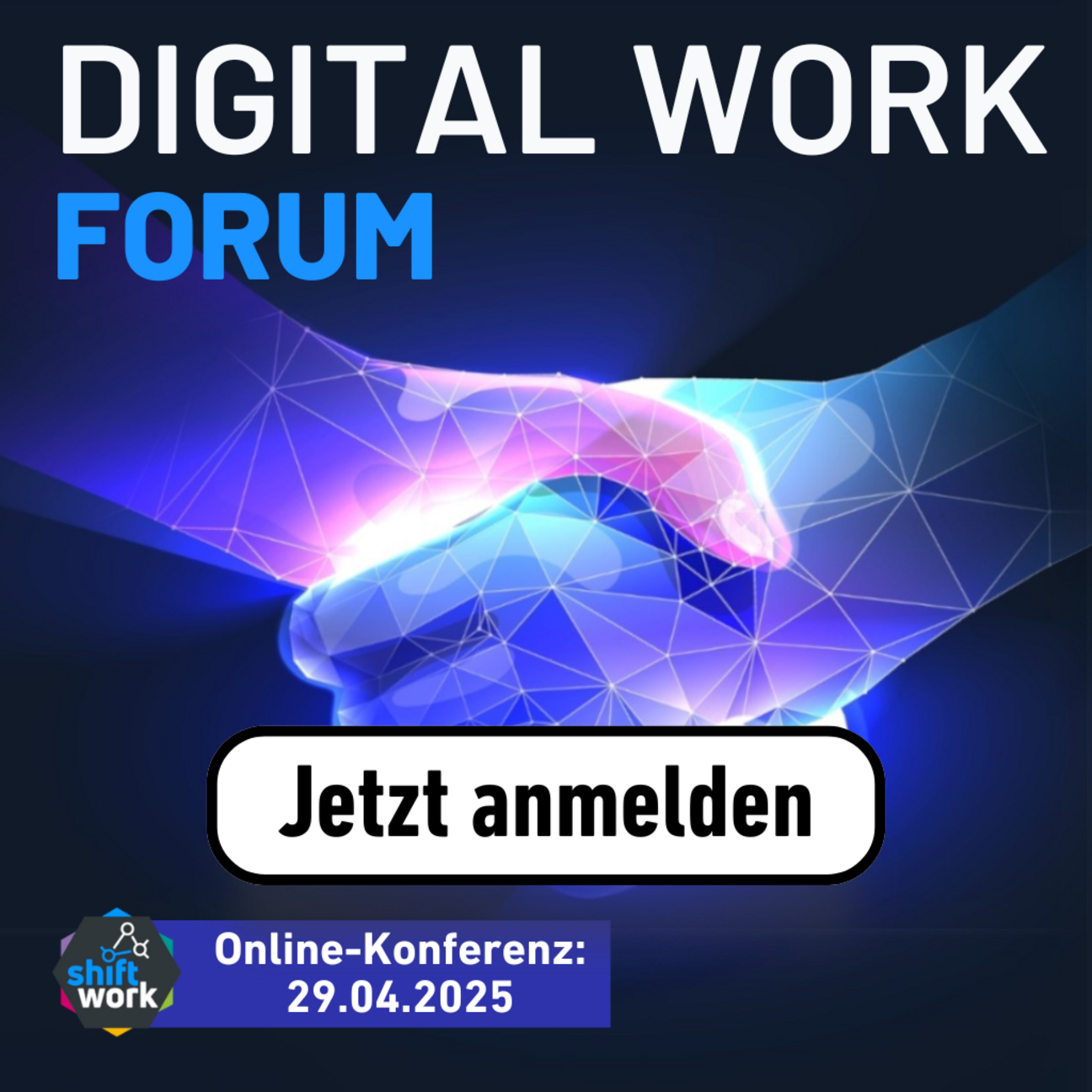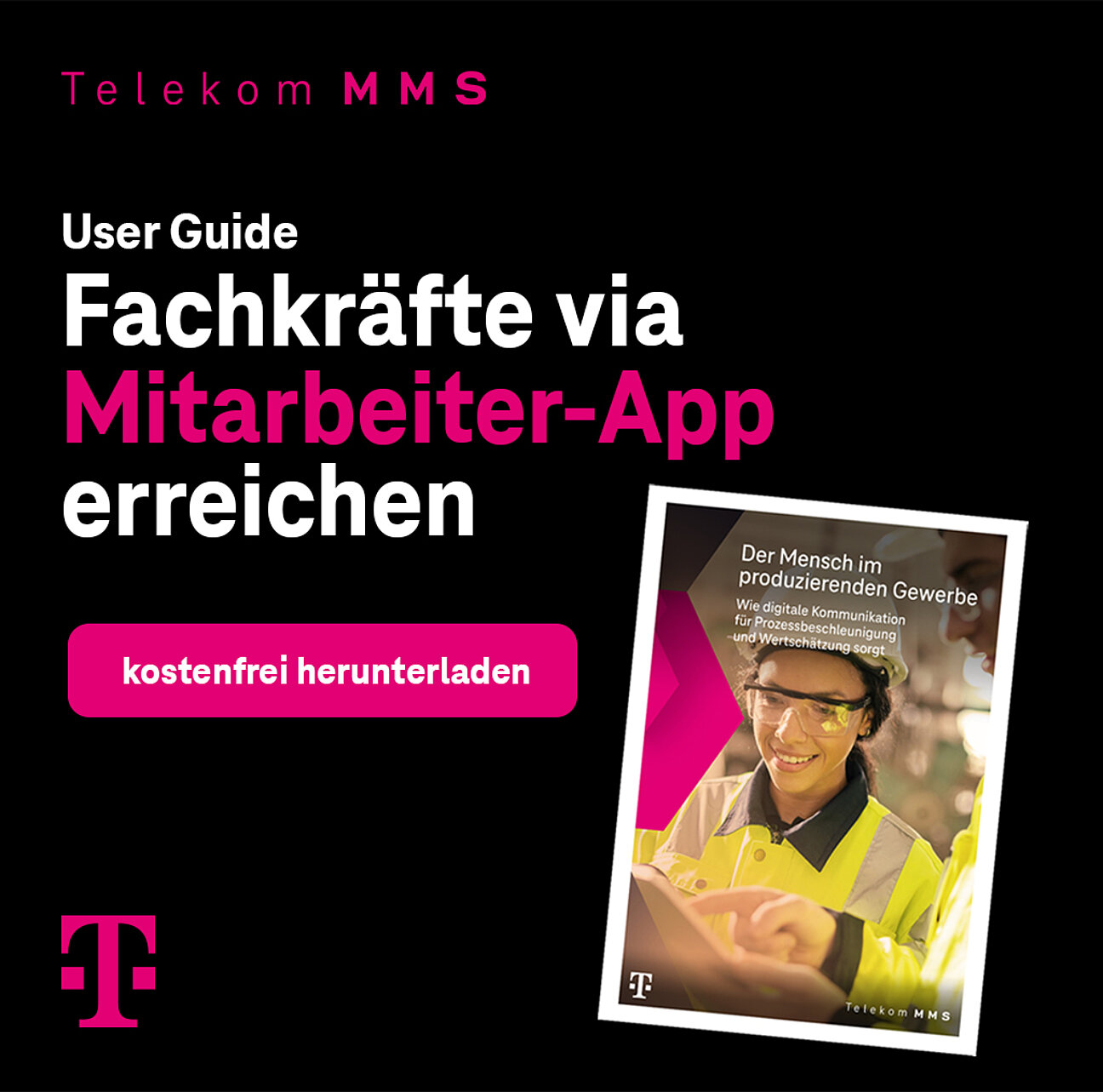
The world of work has been shaken - from the spreading of the Corona virus and the Covid-19 illness to the disruptive situation with the the goverment measures of containment and delay as well as lock/shut-down. Besides all the negative impacts and consequences of stopping consumption, production and trade - the lock-down also has a positive disruption for the world of work as companies are forced now to work in a in a "distributed", "digital" and "remote" way - at least for the parts of knowledge and management work.
This is the "digital transformation of work and the underlying organisation" that experts and evanglists have been talking and discussing for years - in the blink of an eye. In many ways this situation provokes a disruptive change in the way people collaborate.
The Digital Work Disruption project is an initiative of a group of thought-leaders, analysts, practitioners, and consultants who share the common passion about this new way of working for a long time from the discussions of Web 2.0 and Enterprise 2.0 towards the debates on the recommendation how to transform the companies, organisations and its members to a more collaborative way of working. The idea for the project was initiated by a Facebook post of Jon Husband, the father of thought behind the Wirearchy concept, about the new importance of all the ideas, concepts and recommendations that have been derived from the discussions of the Enterprise 2.0 approach.
This post led to the initiative of organising two-weekly digital discussion panels to explore and debate the recent developments of companies on their journey to a "digitally dynamic organisation" at scale. This blog is set up to document and structurize the discussions.
Wir legen großen Wert auf sachliche und unabhängige Beiträge. Um nachvollziehbar zu machen, unter welchen Rahmenbedingungen unsere Inhalte entstehen, geben wir folgende Hinweise:
- Partnerschaften: Vorgestellte Lösungsanbieter können Partner oder Sponsoren unserer Veranstaltungen sein. Dies beeinflusst jedoch nicht die redaktionelle Auswahl oder Bewertung im Beitrag.
- Einsatz von KI-Tools: Bei der Texterstellung und grafischen Aufbereitung unterstützen uns KI-gestützte Werkzeuge. Die inhaltlichen Aussagen beruhen auf eigener Recherche, werden redaktionell geprüft und spiegeln die fachliche Einschätzung des Autors wider.
- Quellenangaben: Externe Studien, Daten und Zitate werden transparent kenntlich gemacht und mit entsprechenden Quellen belegt.
- Aktualität: Alle Inhalte beziehen sich auf den Stand zum Zeitpunkt der Veröffentlichung. Spätere Entwicklungen können einzelne Aussagen überholen.
- Gastbeiträge und Interviews: Beiträge von externen Autorinnen und Autoren – etwa in Form von Interviews oder Gastbeiträgen – sind klar gekennzeichnet und geben die jeweilige persönliche Meinung wieder.







